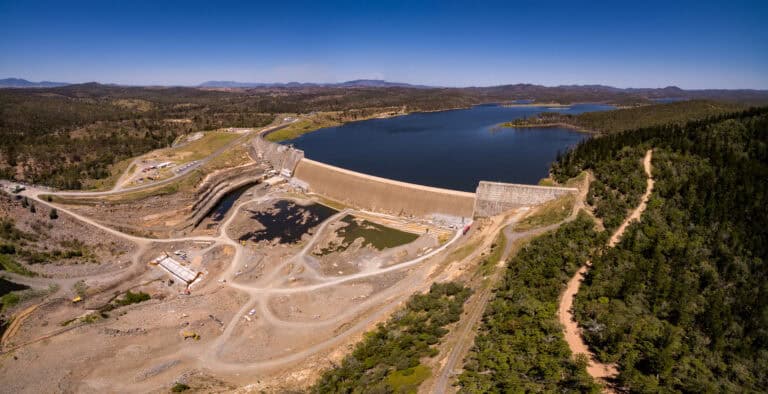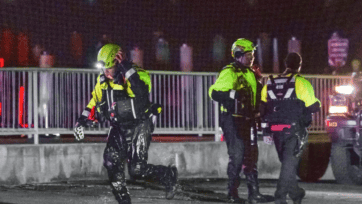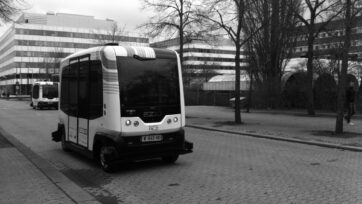The Queensland, Australia government’s decision to replace the Paradise Dam, built in 2005, has sparked criticism and concerns, raising questions about the management of infrastructure projects, engineering decisions, and their economic implications. The dam, initially constructed to serve the agricultural industry near Bundaberg, has faced significant challenges, leading to a complex situation that now demands a complete rebuild.
Engineering Mistakes and Safety Concerns
The Paradise Dam faced a major setback in 2019 when it was identified as being at risk of collapse due to engineering mistakes, including the use of a new concrete construction method. To enhance safety, the dam wall was lowered, reducing its capacity to just 42% of the original design. However, recent assessments revealed that repairing or reinforcing the dam is no longer a viable option.
Sunwater CEO Glenn Stockton emphasized that the dam’s current operations are safe due to its lower supply level. Nevertheless, the discovery that the dam does not meet contemporary standards and would lose strength over time led to the decision to replace it entirely. This decision raises concerns about the initial engineering choices made during the construction of the dam.
Criticisms and Lack of Business Case
One primary criticism against the Queensland government is the decision to commit to a replacement project before completing a comprehensive business case. The University of Sydney’s Head of School of Civil Engineering, Stuart Khan, expressed concerns about repeating past mistakes, where projects were announced without a thorough assessment of cost, timeline, and technical details.
Building a new dam is expected to cost significantly more than repairing the existing structure, and without a clear timeline or costings, concerns arise about potential cost overruns and delays. The lack of environmental approvals further complicates the situation, adding to the uncertainty surrounding the project.
Impact on Agriculture and Local Communities
The Paradise Dam has been a crucial water source for the surrounding agricultural industry, contributing significantly to an annual produce value of over $1 billion. The decision to replace the dam has left farmers uncertain about water allocations and the future of their operations. The Bundaberg Fruit and Vegetable Growers CEO, Bree Watson, described it as a “devastating blow for farmers” already facing challenges in the industry.
The opposition MP Deb Frecklington labeled Paradise Dam as “one of the biggest infrastructure fails in Queensland,” highlighting the economic and social repercussions of the decision.
Looking Ahead: Engineering Challenges and Lessons
As the Queensland government moves forward with the plan to build a new dam downstream, the engineering community will closely monitor the project’s development. Lessons must be learned from the mistakes made during the initial construction of Paradise Dam, emphasizing the importance of rigorous planning, regular inspections, and adherence to contemporary engineering standards.
The Paradise Dam replacement decision serves as a stark reminder of the complexities involved in managing critical infrastructure projects and the need for transparent communication, thorough assessments, and proactive measures to ensure the long-term safety and success of engineering endeavors.
References
Taylor, Lenore 2024, ‘Queensland government faces criticism over decision to replace Paradise Dam 20 years after it was built’, The Guardian, viewed 9th January 2024, <https://www.theguardian.com/australia-news/2024/jan/11/queensland-paradise-dam-damage-wall-replaced-why-concrete-issues>
Barton, Fraser & Clark, Laine 2024, ‘Dodgy dam to be rebuilt after repair hopes hit the wall’,
Illawarra Mercury, viewed 9th January 2024, <https://www.illawarramercury.com.au/story/8483127/dodgy-dam-to-be-rebuilt-after-repair-hopes-hit-the-wall/>

























